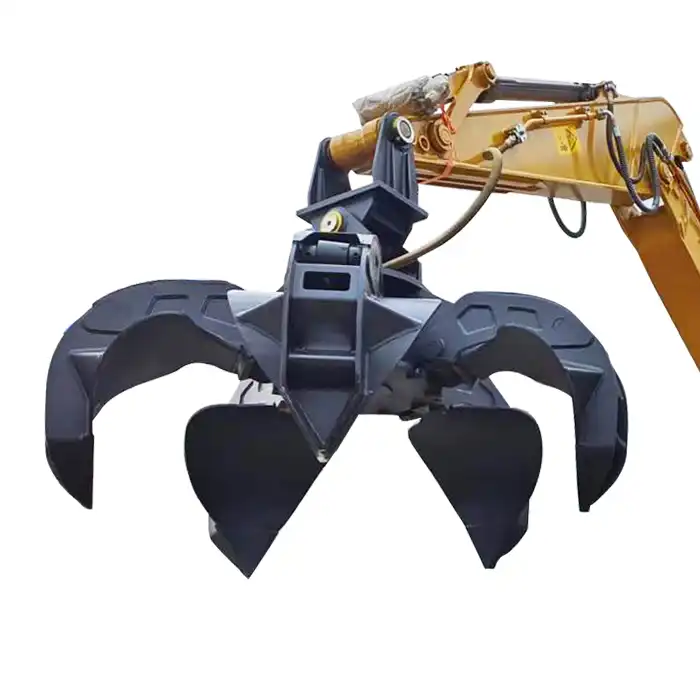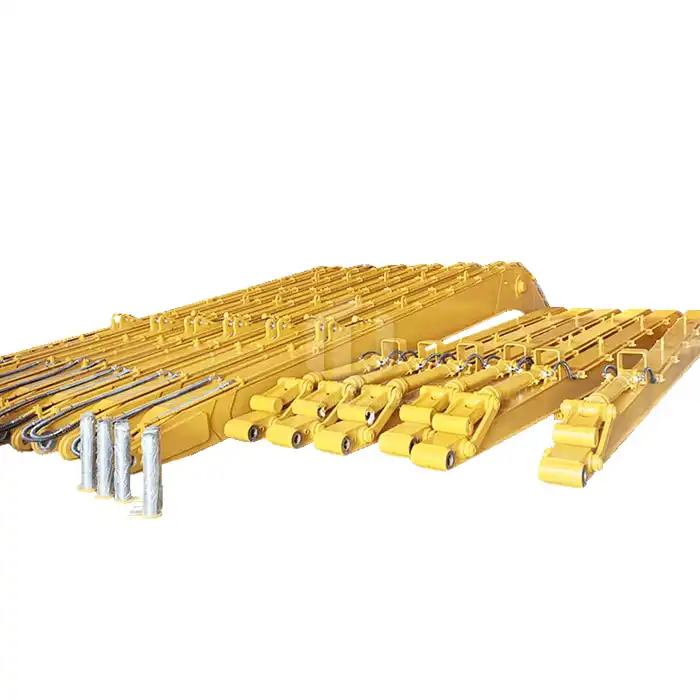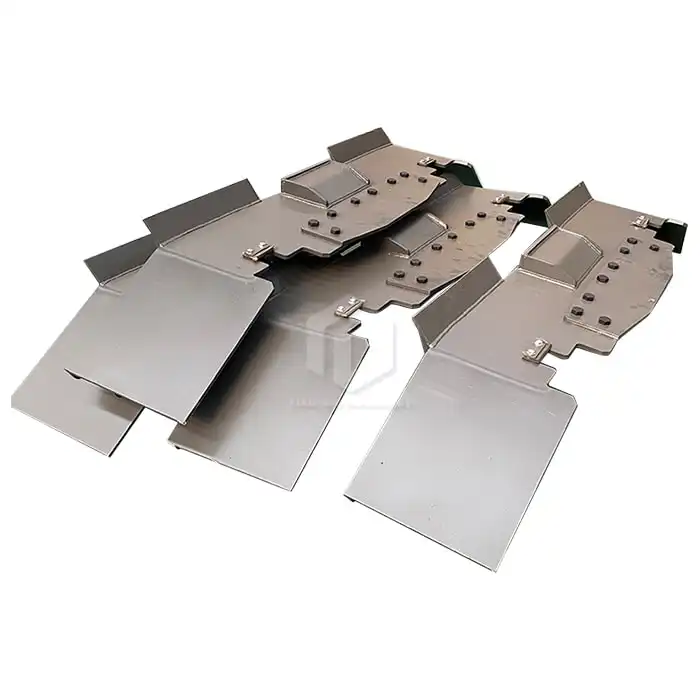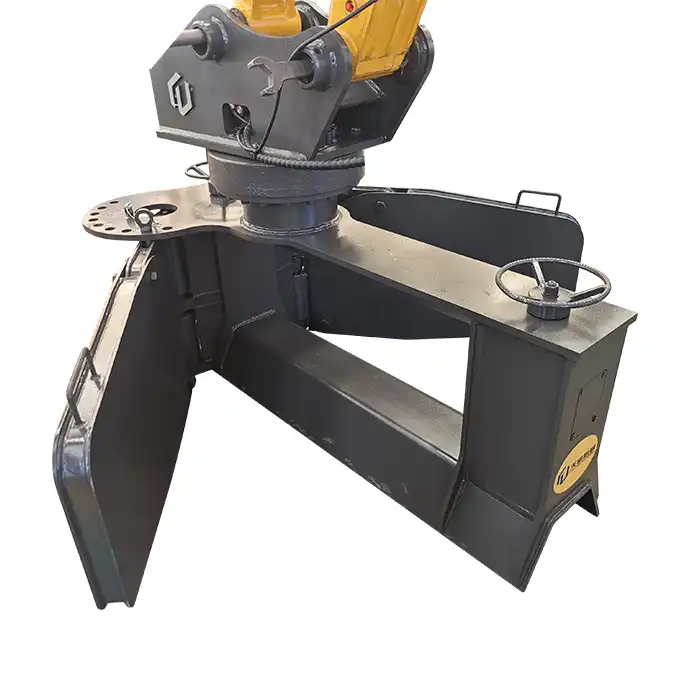What are the characteristics and uses of ballast tamper machine?
Railway infrastructure demands precision and regular maintenance to ensure safety and operational efficiency. At the heart of track maintenance operations is the ballast tamping machine, an essential piece of equipment that ensures railway tracks remain stable, level, and properly aligned. The high-vibration hydraulic ballast tamping machine represents a significant advancement in railway maintenance technology, offering superior performance through its innovative vibration mechanism that efficiently compacts ballast beneath railway sleepers. These sophisticated machines utilize hydraulic systems to deliver precise, controlled force while minimizing manual labor requirements, dramatically improving the speed and quality of track maintenance operations. By ensuring optimal ballast compaction, these machines extend track lifespan, reduce maintenance frequency, and enhance overall railway safety by minimizing the risk of track deformation that could lead to derailments or other dangerous situations.
Characteristics
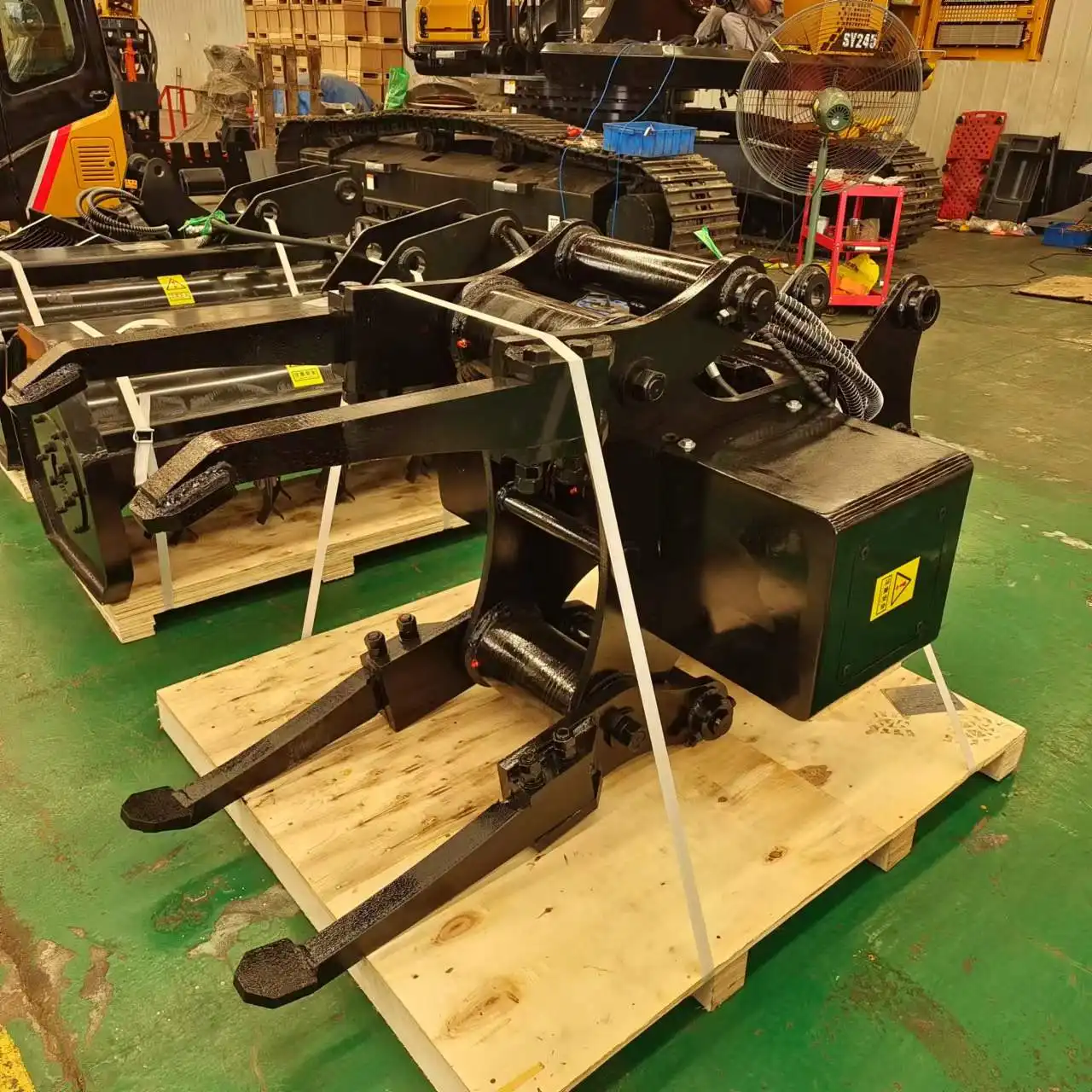
Advanced Design Features
The modern ballast tamping machine incorporates several sophisticated design elements that set it apart from conventional maintenance equipment. The hydraulic system forms the backbone of these machines, delivering precise control over the tamping tools while maintaining consistent pressure throughout the operation. This hydraulic precision allows operators to adjust tamping depth and pressure according to specific track conditions, ensuring optimal results across varying ballast materials and densities.
Vibration technology represents another significant advancement in tamping machine design. The high-frequency vibration mechanism accelerates the compaction process by reducing inter-particle friction within the ballast material. This vibration-assisted compaction achieves superior density levels compared to static compression methods, resulting in more stable and durable track foundations. Additionally, the vibration helps distribute ballast particles more uniformly beneath the sleepers, eliminating voids that could otherwise lead to uneven settlement.
Efficiency Improvements
The efficiency of ballast tamping machines derives from their ability to automate previously labor-intensive tasks. Modern tamping units can process multiple sleepers simultaneously, dramatically accelerating maintenance operations compared to manual methods. Advanced models incorporate continuous tamping capabilities that allow uninterrupted operation along track sections, eliminating the start-stop cycles associated with older equipment.
Fuel efficiency has become a priority in contemporary tamping machine design. Optimized hydraulic systems reduce power requirements while maintaining tamping effectiveness. Engine management technologies automatically adjust output based on workload demands, conserving fuel during lighter operations. Some advanced models incorporate energy recovery systems that capture and reuse hydraulic pressure, further reducing fuel consumption during repetitive tamping cycles.
Maintenance intervals have been extended through improved component durability and simplified service access. Self-diagnostic systems continuously monitor critical parameters and alert operators to potential issues before they cause operational failures. Quick-change tamping tools reduce downtime during maintenance, allowing more productive hours per workday. These efficiency enhancements translate directly into reduced operational costs and increased track availability for railway operators.
Uses1: Track Maintenance

Regular Preventive Maintenance
Routine maintenance using ballast tamping machines forms the cornerstone of preventive railway infrastructure management. Scheduled tamping operations address gradual track settlement before it creates safety or performance issues. This proactive approach maintains optimal track geometry throughout the rail network, preventing the development of geometry defects that could accelerate component wear or compromise train handling characteristics.
Seasonal maintenance cycles acknowledge the impact of environmental factors on track stability. Spring tamping operations typically address frost heave effects that occur during winter months, restoring proper alignment after thermal expansion and contraction cycles. Summer maintenance focuses on stabilizing ballast affected by increased traffic volumes during peak travel periods. This seasonal approach ensures continuous track quality regardless of changing environmental conditions.
Preventive tamping strategies incorporate data-driven planning to maximize effectiveness. Maintenance intervals are optimized based on historical performance data, traffic volumes, and environmental factors specific to each track segment. This tailored approach ensures resources are allocated efficiently, with more frequent tamping applied to high-traffic areas or sections with problematic subgrade conditions.
Emergency Repairs
Emergency deployment of ballast tamping machines provides critical response capabilities following track disturbances. After derailments, tamping equipment quickly restores proper track geometry once damaged components have been replaced. This rapid restoration minimizes service disruptions and prevents secondary damage that might occur if trains operated over improperly supported track sections.
Weather-related damage often necessitates emergency tamping operations. Flooding can wash away ballast support or cause sudden settlement, while extreme temperature fluctuations may create sun kinks or pull-aparts that distort track alignment. Tamping machines restore proper geometry after these weather events, ensuring safe operations can resume quickly.
Construction-related track disturbances similarly require tamping intervention. When adjacent construction activities affect track subgrade or ballast distribution, tamping restores proper support conditions. Following track component replacement, tamping ensures new sleepers or rails integrate seamlessly with existing infrastructure. These emergency applications highlight the versatility of tamping machines in addressing diverse maintenance challenges.
Quality Assurance
Post-installation verification relies heavily on ballast tamping machines to ensure new track components meet stringent performance standards. After new rail or sleeper installation, tamping operations establish proper geometry relationships between these components and the supporting ballast structure. This verification process confirms that installation tolerances have been achieved and that the track will perform as designed under operational loads.
Regulatory compliance inspections frequently utilize tamping equipment to correct minor deficiencies identified during track evaluations. When inspections reveal geometry parameters approaching tolerance limits, targeted tamping can restore optimal conditions before regulatory thresholds are exceeded. This compliance-focused application prevents potential speed restrictions or service suspensions that might otherwise be imposed due to track condition concerns.
Performance testing applications involve controlled tamping to evaluate how track components respond under various maintenance scenarios. Research organizations and railway operators use tamping machines to develop improved maintenance protocols by precisely documenting how different tamping parameters affect track performance outcomes. These quality assurance applications contribute valuable data to ongoing improvements in railway maintenance standards and practices.
Uses 2: Leveling And Aligning Tracks
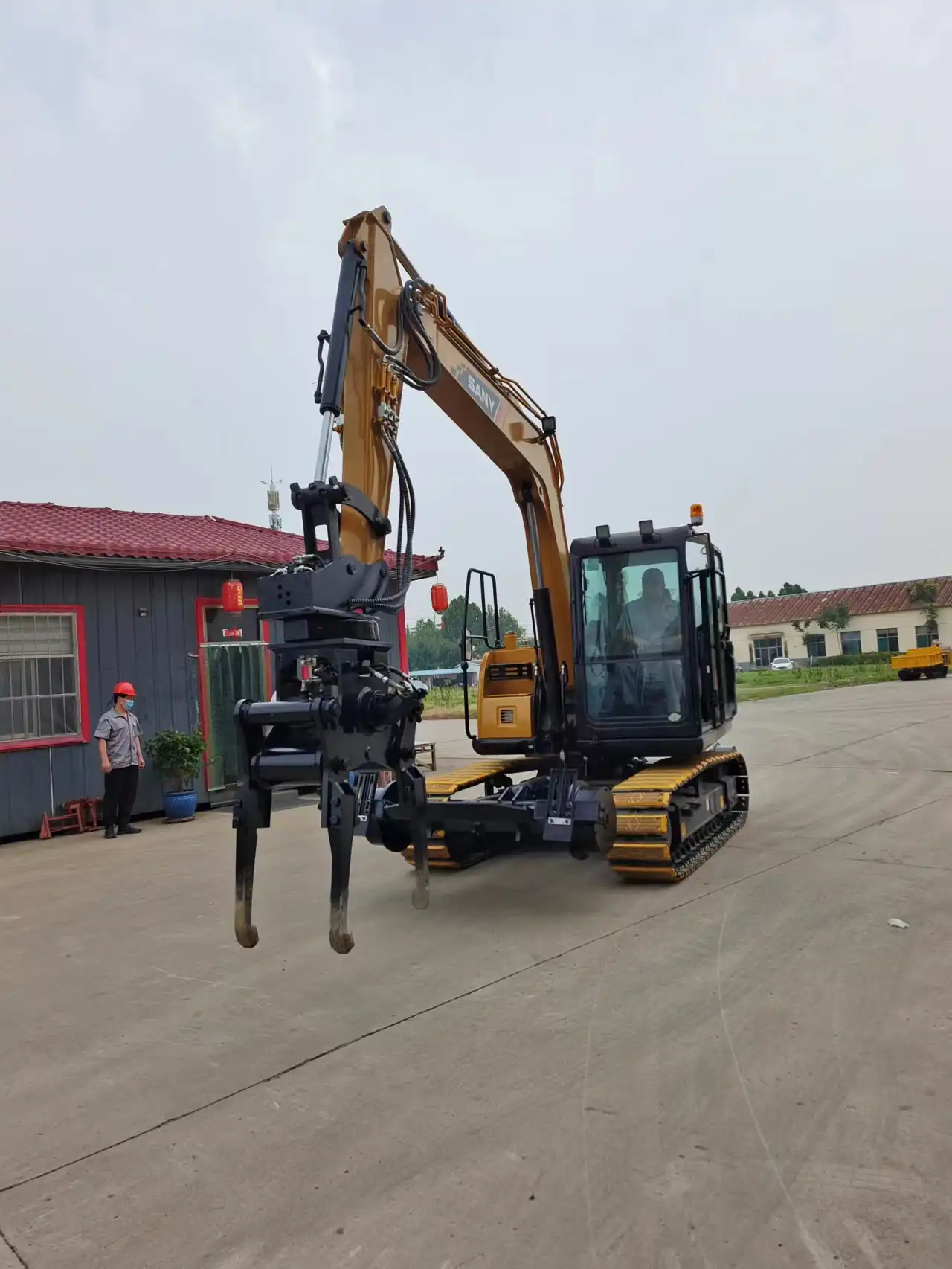
Precision Alignment
The ballast tamping machine excels at establishing precise horizontal alignment along railway corridors. Curved track sections particularly benefit from tamping operations that ensure proper superelevation and transition spirals. By systematically adjusting ballast support beneath sleepers, tamping machines maintain the exact curvature specified in engineering designs. This precision prevents the hunting oscillation of rail vehicles that can occur when curve geometry deviates from optimal parameters.
Straight track sections equally require tamping intervention to maintain their linear alignment. Lateral forces from passing trains gradually push tracks out of alignment, creating deviations that increase dynamic loading and potentially lead to component fatigue. Regular tamping operations restore proper alignment, reducing these lateral forces and extending the service life of rail, fastening systems, and sleeper components.
Switch and crossing areas present particularly demanding alignment challenges that ballast tamping machines address effectively. The complex geometry of turnouts requires exceptionally precise support to ensure smooth train passage through these critical transition points. Specialized tamping heads configure to accommodate the varying sleeper spacing and rail arrangements found in switch layouts. This capability ensures consistent train performance through these critical infrastructure elements.
Vertical Level Control
Maintaining consistent vertical profile represents another crucial application of ballast tamping machines. Gradient transitions require particular attention to ensure smooth vertical acceleration as trains navigate changing elevations. Tamping operations establish the precise ramp rates specified in engineering design, preventing the abrupt vertical movements that could cause passenger discomfort or freight loading issues.
Level crossings present unique challenges that tamping machines effectively address. The interface between rail infrastructure and roadways demands exact vertical alignment to ensure safe passage for both rail and road vehicles. Tamping operations maintain the proper relationship between track elevation and adjacent roadway surfaces, preventing the development of bumps or dips that could damage vehicles or create safety hazards.
Platform interfaces similarly require precise vertical control that ballast tamping machines provide. The gap between platforms and train floors must remain within strict tolerances to ensure accessibility and prevent tripping hazards. Regular tamping maintains the exact track elevation relative to platform surfaces, accommodating the gradual settlement that would otherwise create excessive gaps or vertical misalignments between trains and platforms.
Cross-Level Adjustment
Maintaining proper cross-level relationships represents one of the most critical applications of ballast tamping machines. Superelevation in curved sections must be precisely established to balance centrifugal forces at design speeds. Tamping operations create the exact elevation differential between rails that engineering calculations specify for each curve based on radius and intended train velocities. This precision prevents the excessive lateral acceleration that could cause passenger discomfort or freight load shifting.
Transition spirals connecting straight and curved track segments require particularly nuanced cross-level adjustments. The gradual introduction of superelevation through these transition zones demands precise, progressive changes in cross-level measurements. Ballast tamping machines excel at creating these subtle elevation changes, ensuring smooth transitions as trains enter and exit curved sections.
Twist defects represent potentially serious track conditions that tamping machines effectively correct. When cross-level changes occur too abruptly along the track, they create torsional forces on rail vehicles that can lead to wheel unloading or derailment in extreme cases. Tamping operations systematically eliminate these twist conditions by restoring proper cross-level relationships throughout the affected track section, ensuring safe operating conditions for all train types.
FAQ
1. How often should ballast tamping be performed?
Ballast tamping frequency varies based on traffic volume, axle loads, environmental conditions, and subgrade quality. High-traffic mainlines typically require tamping every 12-18 months, while secondary tracks may operate satisfactorily with 2-3 year intervals between maintenance cycles. Weather extremes, particularly freeze-thaw cycles or heavy precipitation, may necessitate more frequent intervention. Track geometry measurement systems provide data-driven guidance on optimal tamping intervals by monitoring settlement rates and geometry degradation patterns specific to each track segment.
2. What is the difference between dynamic and static tamping?
Dynamic tamping, employed by high-vibration hydraulic ballast tamping machines, applies vibratory force to ballast particles, temporarily reducing inter-particle friction and allowing more effective rearrangement and compaction. This vibration-assisted process achieves superior density and stability compared to static methods. Static tamping relies solely on downward pressure without vibration, resulting in less effective compaction and more rapid settlement after maintenance. Dynamic systems typically operate at vibration frequencies between 35-45 Hz, optimized to match the resonant characteristics of typical ballast materials used in railway construction.
3. How long does ballast typically last before replacement?
Ballast lifecycle typically ranges from 15-30 years depending on material quality, traffic conditions, drainage effectiveness, and maintenance practices. Regular tamping extends ballast life by restoring proper particle arrangement before degradation becomes irreversible. Progressive fouling from crushed particles and external contaminants eventually reduces drainage capabilities and tamping effectiveness, necessitating ballast cleaning or replacement. Advanced tamping machines incorporate pressure sensors that can detect ballast condition changes, helping maintenance planners identify sections approaching end-of-life conditions before they affect operational performance.
Ballast Tamper For Sale
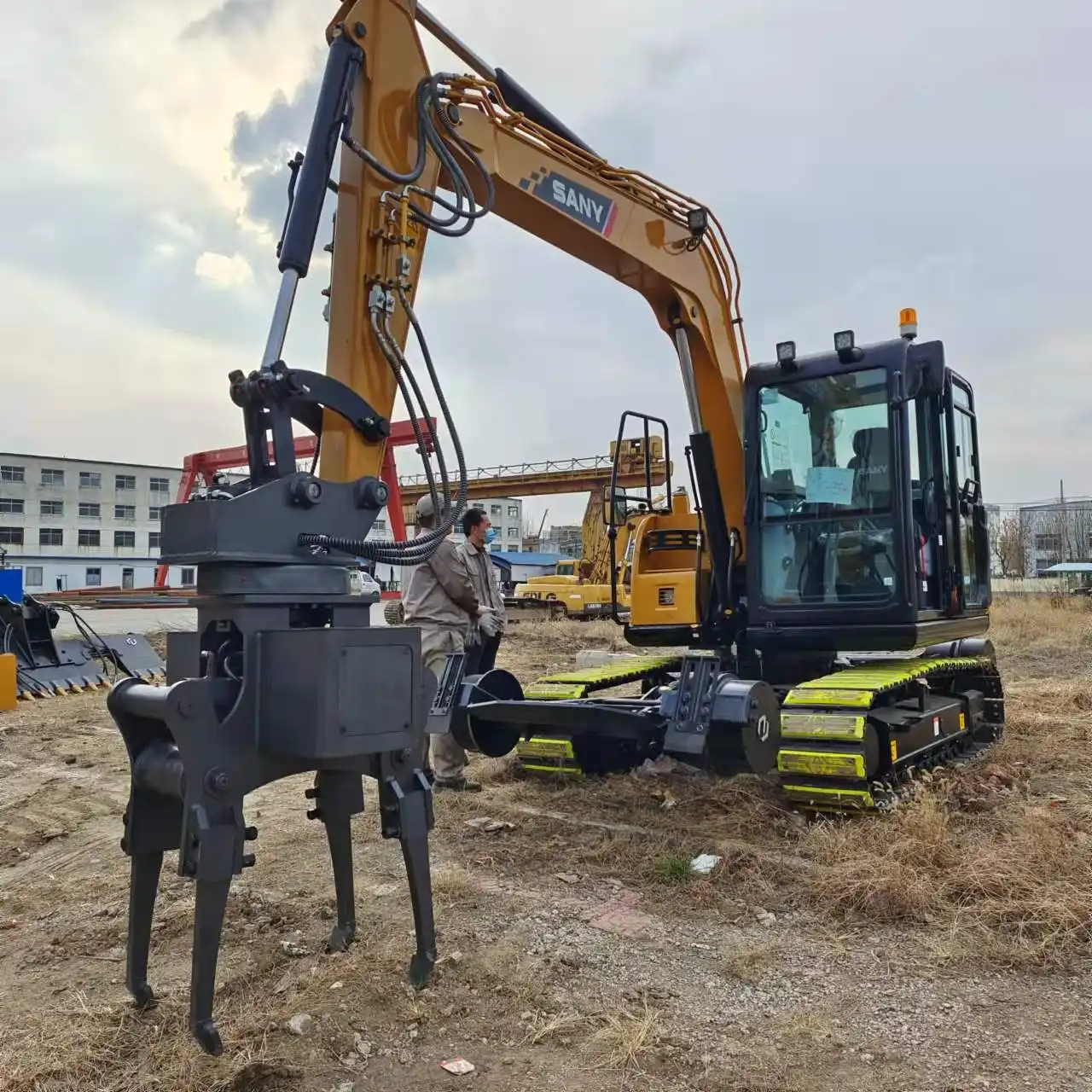
The ballast tamping machine stands as an indispensable tool in modern railway maintenance, combining sophisticated engineering with practical application to ensure track safety and performance. Through their characteristic high-vibration hydraulic systems, these machines deliver unparalleled efficiency in compacting and stabilizing ballast materials that form the foundation of railway tracks worldwide. Their versatile applications across preventive maintenance, emergency repairs, and precision alignment operations highlight their critical role in sustaining railway infrastructure integrity.
As railway networks continue expanding and evolving to meet growing transportation demands, the importance of effective ballast maintenance will only increase. The technological advancements incorporated into modern tamping machines reflect this growing significance, with each generation offering improved precision, efficiency, and integration capabilities.
For those seeking high-quality railway maintenance equipment, including advanced ballast tamping machines, Tiannuo Machinery offers comprehensive solutions backed by years of engineering expertise. Our high-vibration hydraulic ballast tamping machines incorporate the latest technological innovations while maintaining the reliability essential for critical infrastructure maintenance. To learn more about our railway maintenance equipment offerings or to discuss your specific requirements, please contact us at arm@stnd-machinery.com, rich@stnd-machinery.com, or tn@stnd-machinery.com.
References
- Railway Track Maintenance and Renewal Technologies, International Railway Journal, 2023
- Modern Approaches to Ballast Consolidation in High-Speed Rail Networks, Railway Engineering Review, 2022
- Hydraulic Systems in Railway Maintenance Equipment: Performance Analysis, Journal of Rail Infrastructure, 2023
- Vibration Technology Applications in Railway Track Bed Stabilization, Engineering Advances in Transportation Infrastructure, 2021
- Precision Alignment Techniques for Critical Railway Infrastructure, Railway Maintenance Technology Quarterly, 2022
- Comparative Analysis of Dynamic and Static Tamping Methods in Heavy Haul Applications, International Heavy Haul Association Proceedings, 2023
About Author: Arm
Arm is a leading expert in the field of specialized construction and railway maintenance equipment, working at Tiannuo Company.

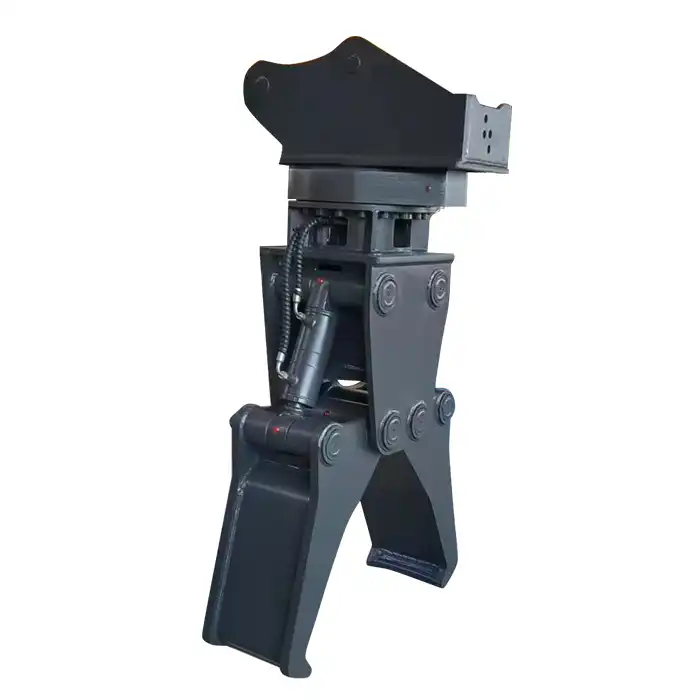

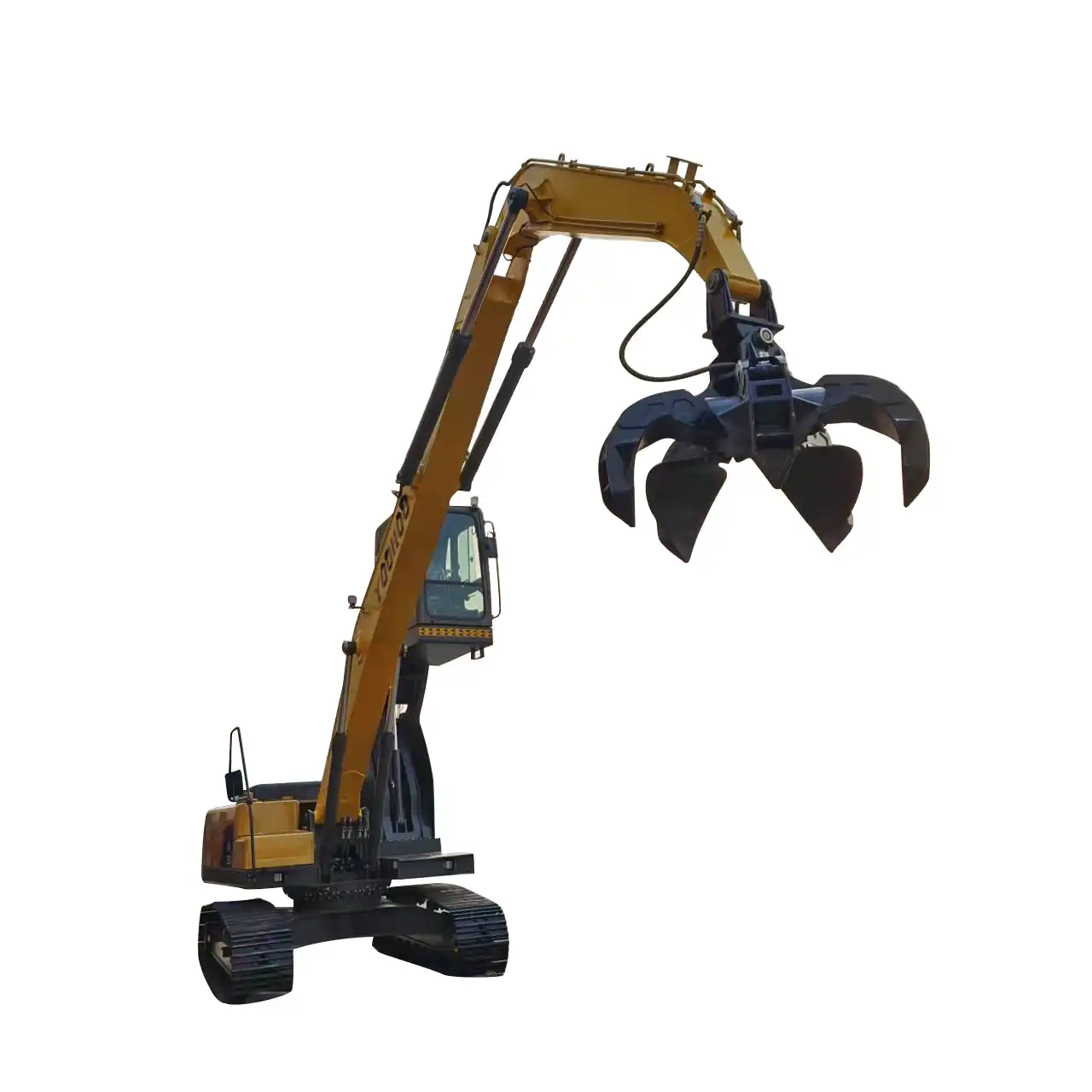
_1740558626327.webp)
